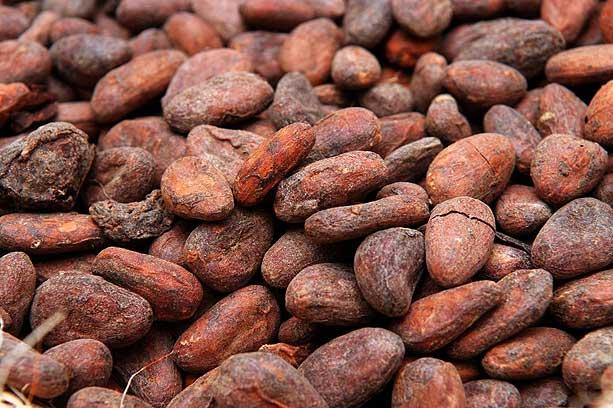A history of chocolate: from a drink for gods to a common delicacy
Spanning a history of over 3,000 years, chocolate was and still remains a favorite treat that all across the world enjoy today.
December 2, 2015
In today’s sweets-laden world, a classic still remains a favorite among people all over the globe. Whether it’s served as a dessert, a brownie, or even as ice cream, kids and adults alike still clamor over consuming chocolate. Over $83 billion worth of chocolate is consumed worldwide, according to CNN.
Chocolate has newfound importance in Senior Muhammad Hassan’s life, due to an influx of chocolate his family consumed after Halloween.
“These days I am using it a lot because my brother got a lot of it on Halloween. Usually I don’t eat it that much.”
Fremd utilizes chocolate periodically in some of the school’s culinary classes, according to Family and Consumer Science teacher Christina Parsons.
“In culinary classes, we use them in different parts of the year. When we bake, we use it a lot, like when we are making chocolate cakes, we use it for dipping sauces when we do the fondue unit, we use it in cookies like chocolate chip, we have some candy bars in some of the sweets that we make,” Parsons said. “The kids do like it so we try to do our recipes very kid friendly in there so we incorporate chocolate when we can and when it’s appropriate.”
The sweet substance has become an integral part in the lives of many Americans today; but how did chocolate actually gain its popularity? Many may be shocked to find that chocolate did not originate as something everyone can eat, but rather a drink only the powerful and the rich could consume.
Chocolate has its humble roots placed in Central America over 3,100 years ago, during the reign of the Aztec empire. The Aztecs discovered that cocoa beans they found could be ground up and processed into a thick, brown drink. Unlike many chocolate products today, which use sweeteners such as honey or sugar, the drink the Aztecs had created was actually very bitter. Nevertheless, the drink, known as Xocatl to the Aztecs, became extremely popular in the Empire, with many believing that the drink held holy powers. As a result, the chocolate beverage became reserved only for the king or for ceremonies like weddings or sacrifices.
To Hassan, the fact that chocolate was served in liquid form came as a shock; however, the bitter taste the drink has is relatively plausible to him.
“It does surprise me to think that chocolate was originally a drink and not a solid bar that we are used to. It’s just weird,” Hassan said. “I’m not surprised that it was bitter because you can still taste that bitterness in some of today’s chocolates.”
Chocolate remained exclusive to the Western Hemisphere for about 2,600 years until the discovery of America by the Spanish. As the Spanish made their way inland, they were greeted by the Aztec emperor Montezuma, who showered the Spanish with gifts, one of them being the chocolate drink. At first unappealing to the explorers, who cited its bitter taste as a detractor, the drink nevertheless found its way back to Europe, where sugar and cane juice was added. The sweetened form of the beverage soon became an extremely popular drink; however, its rarity and its high price caused the drink to only be affordable to the nobles and royals, thereby retaining its exclusivity to those in power.
By the 17th century, mass production of chocolate was finally made possible, allowing the public to consume the drink. Nearly 200 years later, chocolate took the form Americans are most accustomed to today when Joseph Fry created the first chocolate bar in 1868. Since then, chocolate companies, like Hershey’s and Ghirardelli, have been creating various chocolate products for the public.
Despite all the changes that have occurred to chocolate over the years, Parsons points out that the changes are not entirely radical.
“Chocolate has changed maybe a little, given the amount of time, but not so much, because chocolate has been used in recipes for a long time,” Parsons said. “Even the earliest recipes had to have chocolate in it, so it is an old ingredient.”




